Here’s my list of the Best Movies Of 2017, with a few caveats. I don’t see every movie that comes to theaters, like most of the big comic book and science fiction titles. I also don’t go for movies with anyone in Victorian-era costumes, or the myriad group party movies that mimic “The Hangover” ad nauseum. With those points noted, these were the best movies I saw this year. The links go to my full reviews.
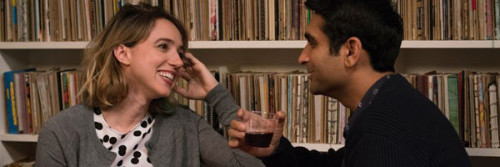
1) “The Big Sick.” When I reviewed this in July, I gave it a 10 out of 10 (my first perfect rating since “Inside Out” in 2015) and said it was unlikely any other movie would beat it for the top spot on this list. I was right. Kumail Nanjiani and Emily Gordon have created a comedy that’s both funny and heartwarming, with crackling dialogue, great supporting performances, and a story that would be deemed too bizarre if it weren’t true. The chemistry between Nanjiani (playing himself) and Zoe Kazan (as Emily) is a pleasure to watch, and the scenes of him doing standup are perfect, too. The Oscars usually give comedies short shrift, but this movie deserves lots of nominations, from Best Picture to Best Original Screenplay to Best Supporting Actress (Holly Hunter).
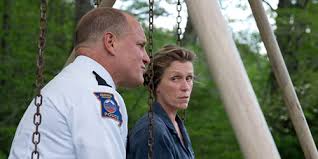
2) “Three Billboards Outside Ebbing, Missouri.” Frances McDormand plays Mildred Hayes, a mother grieving over the horrific death of her daughter nine months ago. The police haven’t caught the culprit and have given up on the case. So Mildred decides to rent three billboards to send the sheriff a message in an attempt to get the investigation going again. The signs raise the ire of Sheriff Bill Willoughby (Woody Harrelson) and his deputies, including Officer Jason Dixon (Sam Rockwell), who try to get Mildred to take the billboards down, but she refuses and the battle is on. I am going to stop right there, because to reveal any other plot points would be to spoil your enjoyment of this terrific movie.
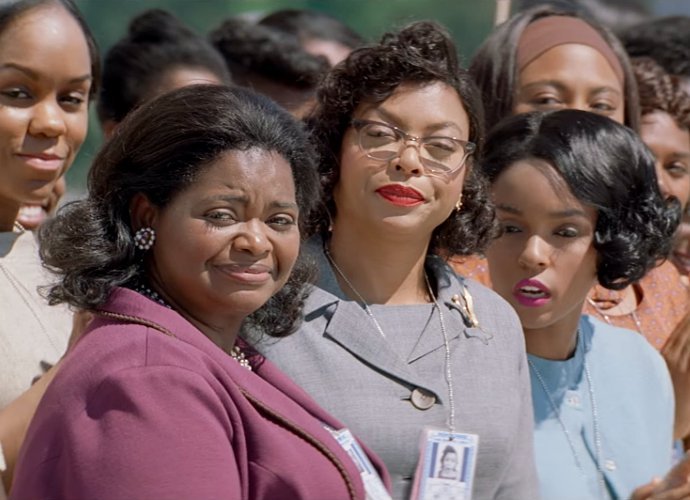
3) “Hidden Figures.” This movie was on other critics’ 2016 lists, but I didn’t include it because it didn’t open in St. Louis until January 6th, making it a 2017 title for my purposes. “Hidden Figures” surprised and embarrassed me because I did not know that any women worked for NASA in such a capacity in the 1960s, let alone the African-American women who were an integral part of our space program — all the way back to its earliest Mercury days. It’s a lesson that I, along with the overwhelming majority of Americans, never learned in our history of that era, and I’m thrilled they finally get their due in a very entertaining story, with Taraji P. Henson, Octavia Spencer, and Janelle Monae as the leads.
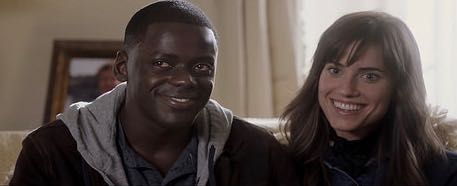
4) “Get Out.” Daniel Kaluuya and Alison Williams go off to the country to meet her parents (Catherine Keener and Bradley Whitford) for the first time. In the car, Kaluuya asks Williams if she’s told them he’s African-American, and she says no, but it won’t be a problem, because her father’s the kind of guy who’ll say he would have voted for Barack Obama a third time, if that were possible. Kaluuya’s a little bit anxious about this, and it turns out he’ll have good reasons. For a rookie director, Peele has all the chops of more accomplished filmmakers. He gets good, tight performances out of his cast, keeps the pace moving as the story builds, and though nothing really scary happens, he doesn’t hedge on the creepiness, right up to the very satisfactory finale.

5) “Brad’s Status.” I’m shocked to find a Ben Stiller movie on this list, since I’m not a fan. But he gives such a natural, non-Zoolander performance, that he makes “Brad’s Status” very worthwhile. Brad is jealous of his friends, all of whom he sees as much more successful in life. As Brad takes his son to visit colleges in the Boston area, he wonders where he went wrong. Why doesn’t he have a private jet, or even an airline club card that lets him board the plane first? Why did he go to Tufts when it looks like his son might get into Harvard? How did he get left behind in the social hierarchy? Yes, he’s suffering from a severe case of white male privilege, but can’t stop wondering how it’s fair that his friends have so much more than he does. Director Mike White keeps the camera tight on Stiller in some scenes so we can see every nuance of anxiety on his face. In others, he pulls back just enough to show us the relationship Brad has with his son, his wife, and the other people in his world. All of it gives us some perspective on his life (and ours).

6) “Lady Bird.” Saoirse Ronan is fantastic as Christine McPherson, a 17-year-old who, for reasons unexplained, wants everyone to call her Lady Bird. Chalk it up to teenage rebellion, and there’s lots of that in this character as she navigates her way through a Catholic high school, dating, a school play, applying to college, and the everyday frustrations of pretty much every human who’s ever been that age. It’s a time in life for expressing your individuality, and Lady Bird doesn’t miss an opportunity to do so. That means a lot of clashes with her mother, Marion (Laurie Metcalf), who loves her daughter but doesn’t much like her. Their relationship is the core of the movie. The other characters in Lady Bird’s life — her best friend, her new best friend, the boys she’s interested in, her brother and his girlfriend, the teachers — seem familiar, but don’t spew the usual cliched dialogue you expect in a movie like this, thanks to writer/director Greta Gerwig.
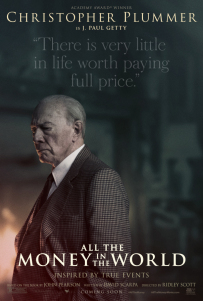
7) “All The Money In The World.” The plot involves the real-life kidnapping of Getty’s 16-year-old grandson Paul in Rome by men who intend to hold him until they get Getty to pay a huge ransom. But Getty — at that point, the richest man in the history of the world — refuses to part with even a small piece of his wealth, claiming that if he paid the ransom, his other grandchildren would be at risk of being kidnapped, too. Besides, the only thing Getty loved more than having a lot of money was getting more of it, and thus the idea of giving anyone anything was anathema to him. Stuck in the middle is Gail, Paul’s mother and Getty’s daughter-in-law. It’s a meaty role, inhabited by Michelle Williams, who grabs the spotlight and runs with it in a stunning performance. Christopher Plummer, who took over the role of Getty on short notice after the Kevin Spacey scandal broke, is perfect for the part. Kudos to director Ridley Scott, who saved what was already a very good movie with that casting replacement.
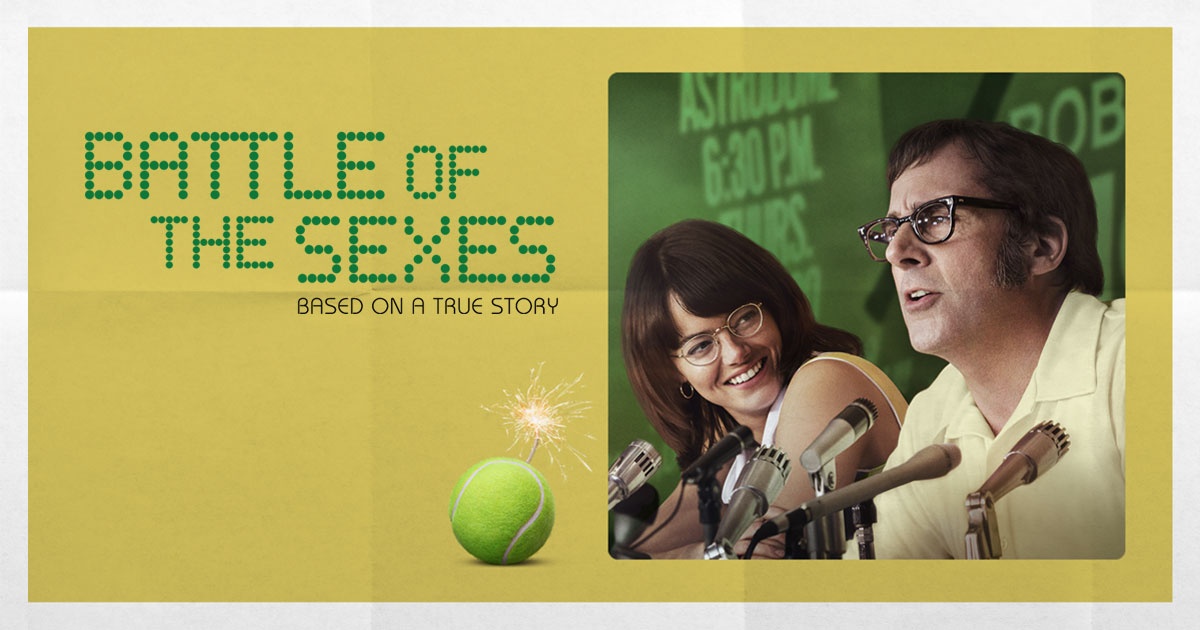
8) “Battle Of The Sexes.” In 1973, Bobby Riggs was a 55-year-old hustler has-been who had won Wimbledon in his youth but couldn’t stand being out of the spotlight. So, he challenged Billie Jean King (then the #1 women’s tennis player in the world) to play him for a $35,000 payday. That’s the heart of the movie, which has really good performances by Emma Stone as King and Steve Carell as Riggs, plus a supporting cast that includes Sarah Silverman, Bill Pullman, Elisabeth Shue, and Alan Cumming. The movie shows just how much discrimination women faced in that era and how important King was in advancing the fight for equality — and encouraging other women to do the same. The sexism, which was then routine, practically drips off the screen every time Bill Pullman (as the head of the USTA) opens his mouth. I’d like to say that times have changed, but we still live in an era when men can still get away with saying shockingly offensive things about women with very little consequence.
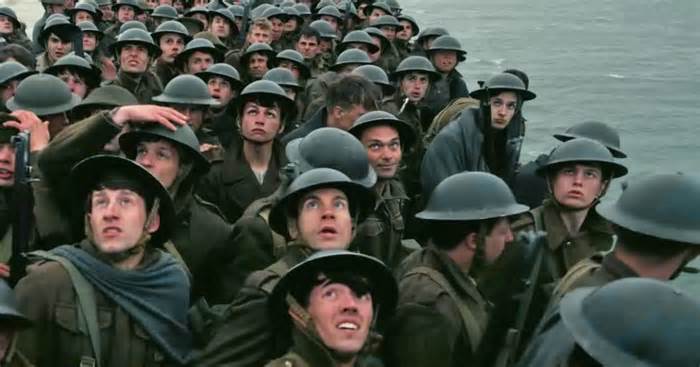
9) “Dunkirk.” In the spring of 1940, before the US got into World War II, Hitler’s forces had surrounded more than 400,000 English, French, Belgian, and Canadian troops in the port city of Dunkirk, France. The soldiers were trapped on the beach. They could see Britain a couple of dozen miles across the English Channel, but the Royal Navy couldn’t get its big ships close enough to pick them up. So, Winston Churchill, then the British Prime Minister for only a couple of weeks, called up the private owners of smaller boats to try to cross the channel and help with the rescue. Meanwhile, German planes were dropping bombs and strafing the soldiers with machine gun fire from the sky. Director Christopher Nolan puts you in the middle of the action, which never stops, and includes the third-most intense war scenes I’ve seen on screen (after “Saving Private Ryan” and “Hacksaw Ridge”). Watching it, I thought of the men of my father’s generation who served in World War II but never shared stories about it because the memories were too agonizing.
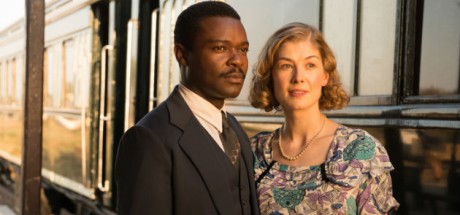
10) “A United Kingdom.” “A United Kingdom” is based on the story of Prince Seretse Khama of Bechuanaland (then a protectorate of the UK, now independent Botswana), who caused a stir when he married a white woman from London in the late 1940s. In doing so, he had to take on the English government as well as the traditionalists in his own family and country. As Seretse, David Oyelowo is compelling and magnetic, as he was in “Selma” (and “Queen of Katwe,” another small film I’ve recommended). Rosamund Pike (“Gone Girl”) is very good as Ruth Williams, the white English woman he falls in love with. Tom Felton (Draco Malfoy) and Jack Davenport are positively slimy as two of the British bureaucrats who, with their upper-crust disdain for all things African, take joy in pushing Khama around.
Also on Harris Online:
